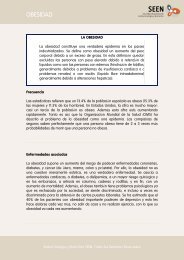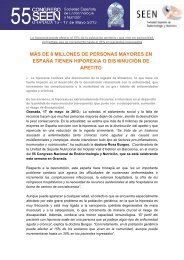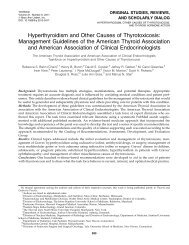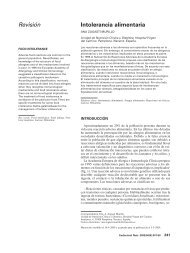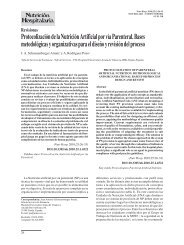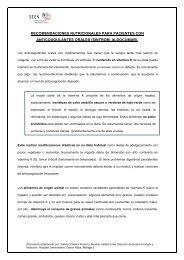Basic Concepts of Fluid and Electrolyte Therapy
Basic Concepts of Fluid and Electrolyte Therapy
Basic Concepts of Fluid and Electrolyte Therapy
You also want an ePaper? Increase the reach of your titles
YUMPU automatically turns print PDFs into web optimized ePapers that Google loves.
Conditions commonly associated with acid-base disorders include:<br />
vomiting/diarrhoea<br />
shock<br />
cardiogenic<br />
septic<br />
hypovolaemic<br />
acute kidney injury<br />
respiratory failure<br />
altered neurological status<br />
coma<br />
seizures<br />
decompensated diabetes<br />
hypo- or hyperkalaemia<br />
potassium metabolism is intimately linked with acid-base<br />
balance<br />
prolonged <strong>and</strong> excessive infusions <strong>of</strong> saline<br />
If an acid-base disturbance is suspected from clinical features the following<br />
investigations should be performed initially:<br />
Urea, creatinine <strong>and</strong> electrolytes<br />
Bicarbonate<br />
Chloride<br />
Arterial blood gases (including lactate)<br />
Step-by-step pathway to identify underlying cause<br />
pH to determine whether acidaemia or alkalaemia<br />
change in bicarbonate <strong>and</strong> base excess = metabolic process<br />
64




